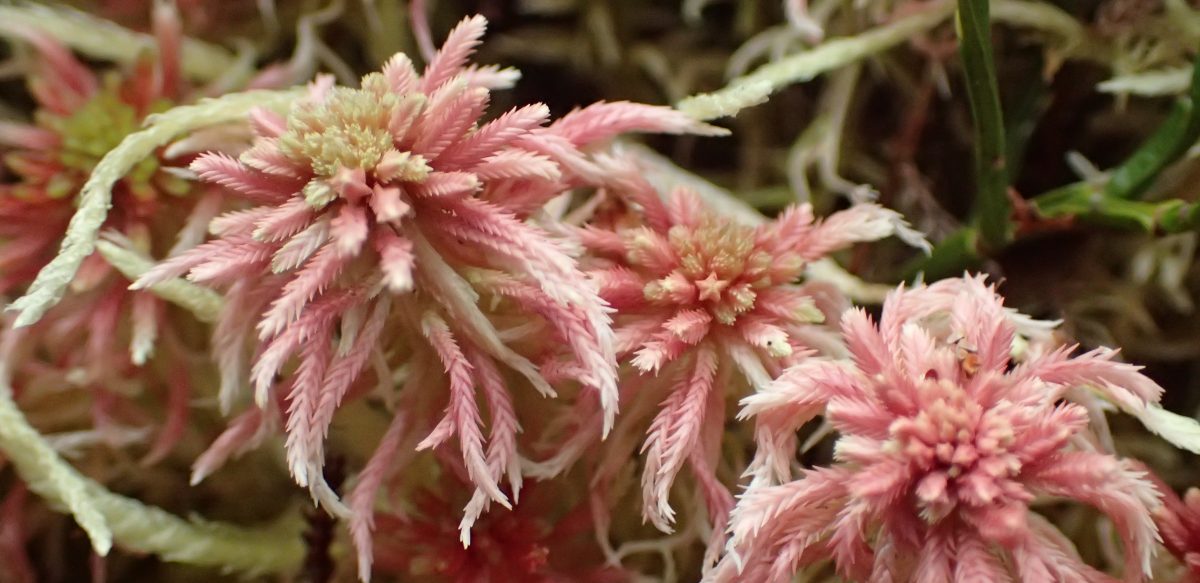Bryophyte is the traditional name for all Mosses, Liverworts and Hornworts (Mosses and relatives). Recently, I’ve been going Bryophyte mad! Until two weeks ago, I had almost no knowledge of Bryophytes at all, but since buying the amazing (and quite substantial) Field Guide to the Mosses and Liverworts of Britain and Ireland, I’ve been finding and identifying loads. I’ve found 21 new species in the last ten days alone!
So, as you might have guessed, species of the week this week is a Bryophyte: the Common Tamarisk Moss, Thuidium tamariscinum. Prepare yourself… here it is!

The Common Tamarisk moss is one of the most distinctive Bryophytes in Britain. It takes its name from the Tamarisk bush, to which this moss appears a minute replica. By moss standards however, the Common Tamarisk Moss is quite a giant, having shoots of up to 25cm in length! Thuidium tamariscinum can be found in a variety of habitats, particularly on damp soil in woodland (which is where I’ve found it on every occasion so far). There are two similar, but much rarer species: Thuidium delicatulum and Thuidium assimile. T.delicatulum is found mostly in rocky upland areas, whereas T.assimile is found in grazed calcareous grassland. Both of these species are usually smaller and more delicate than T.tamariscinum.
The Common Tamarisk Moss is a pleurocarpous moss. This means it is in the large group of mosses which generally have a branched and sprawling growth form, as opposed to the individual tufted growths of acrocarpous mosses. This branching can be seen very clearly in T.tamariscinum, which usually has three divisions off the main stem (it is tripinnate).
This moss may well be my favourite so far. It’s recognisable from a distance (at least 6ft 4 away from what I can work out), it’s pretty, it’s easy to spot, and its appearance jogs my memory for its name! I’d recommend finding some for yourself, which shouldn’t be too tricky, as it’s very well distributed throughout the UK! However, things may be harder if you live in nearly-woodless Southern Lincolnshire, or the driest bits of East Anglia. Here’s its distribution map:
https://data.nbn.org.uk/Taxa/NHMSYS0000310759/Grid_Map
I hope that my new found Bryophyte based enthusiasm has come across. I encourage every naturalist (if they haven’t already) to start looking at moss!

